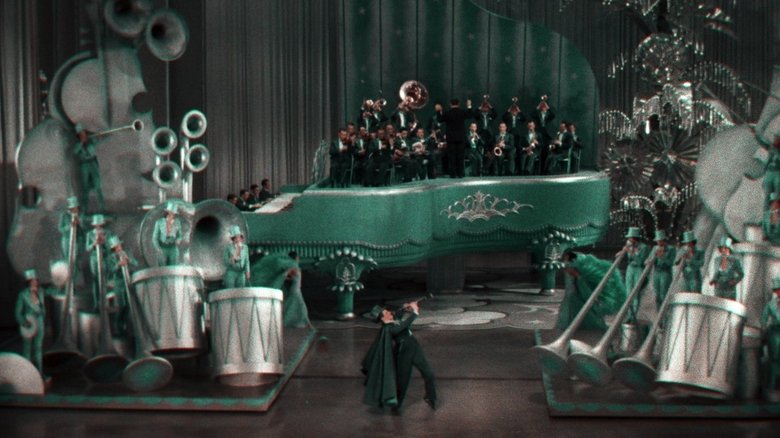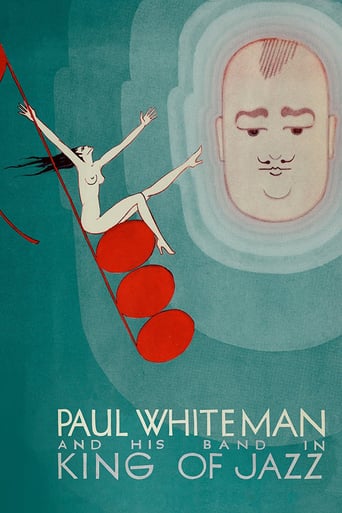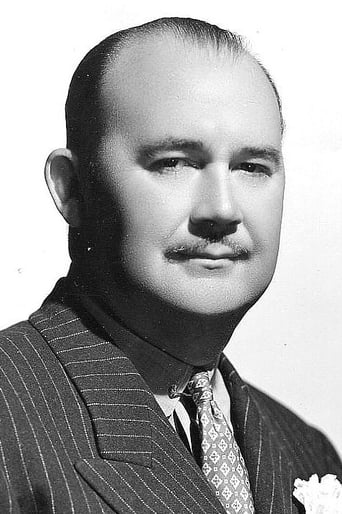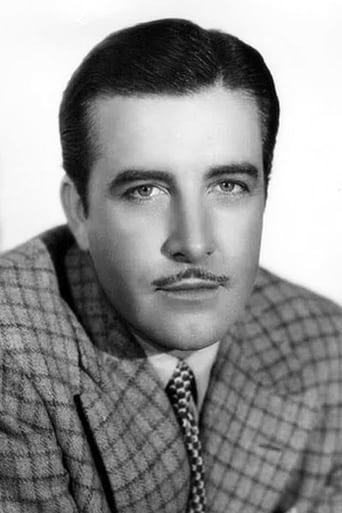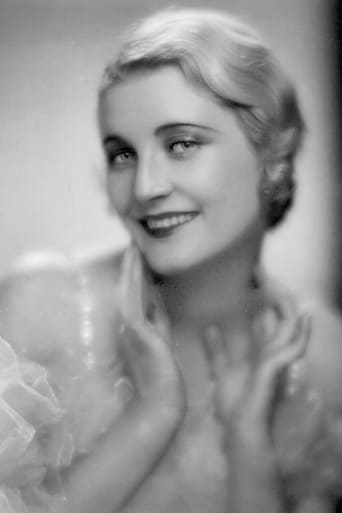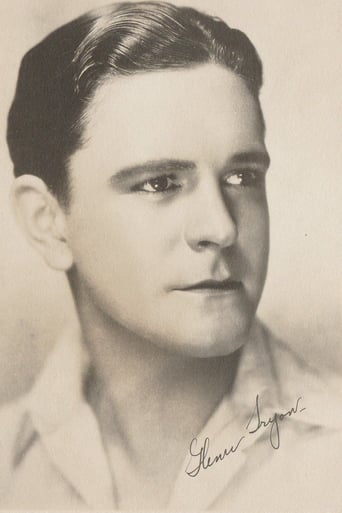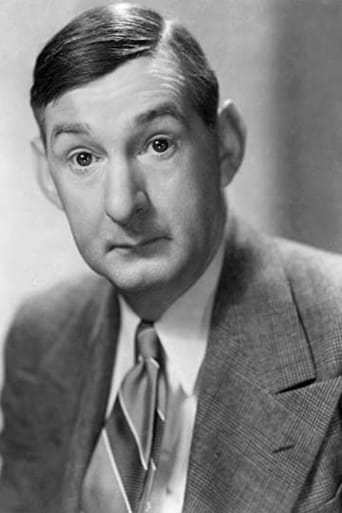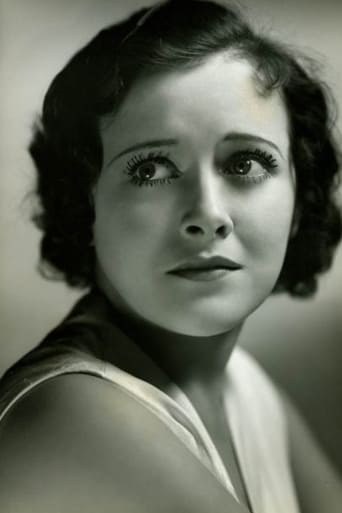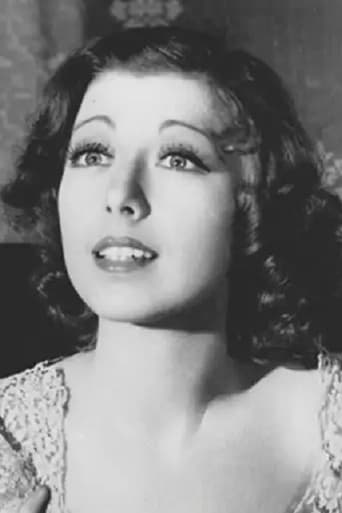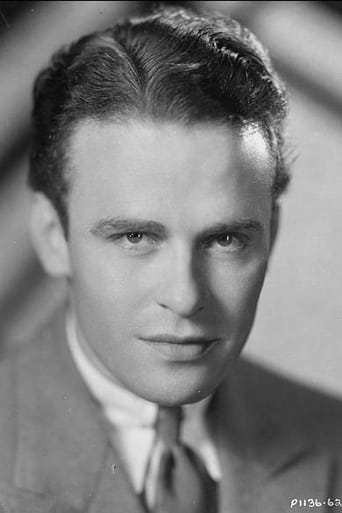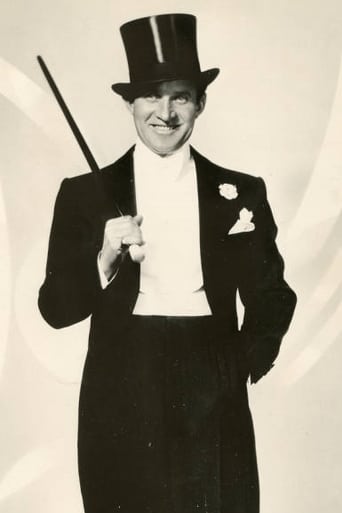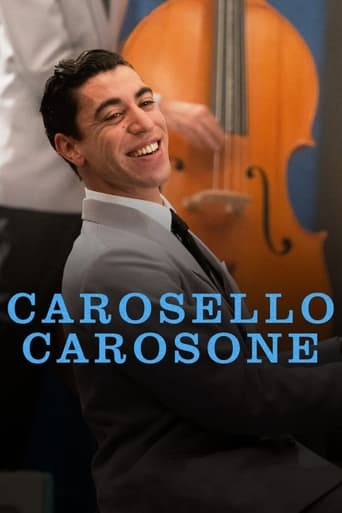Made during the early years of the movie musical, this exuberant revue was one of the most extravagant, eclectic, and technically ambitious Hollywood productions of its day. Starring the bandleader Paul Whiteman, then widely celebrated as the King of Jazz, the film drew from Broadway variety shows to present a spectacular array of sketches, performances by such acts as the Rhythm Boys (featuring a young Bing Crosby), and orchestral numbers—all lavishly staged by veteran theater director John Murray Anderson.
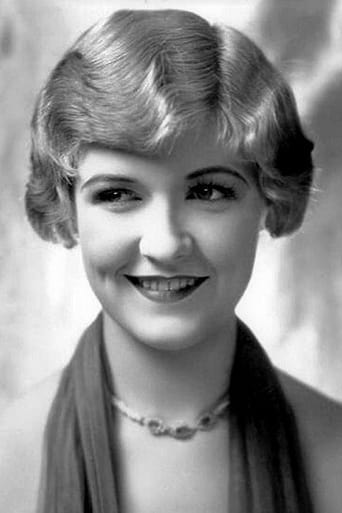 Laura La Plante
as Editor ('Ladies of the Press') / Stenographer ('In Conference') / Quartet Member, 'Nellie'
Laura La Plante
as Editor ('Ladies of the Press') / Stenographer ('In Conference') / Quartet Member, 'Nellie'
Similar titles
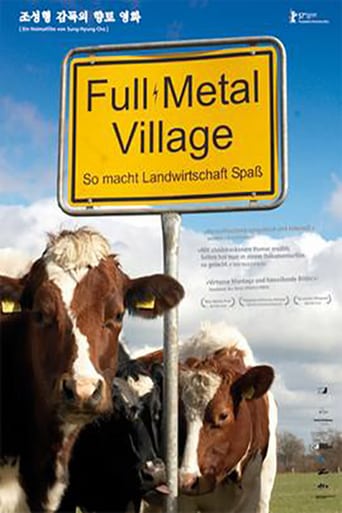
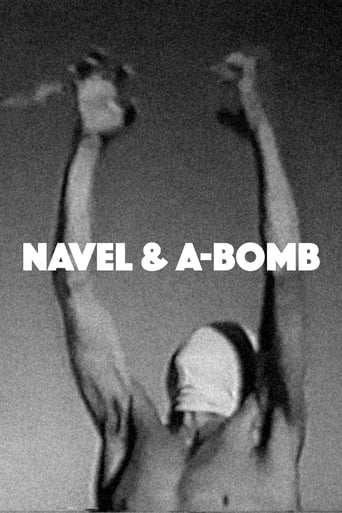

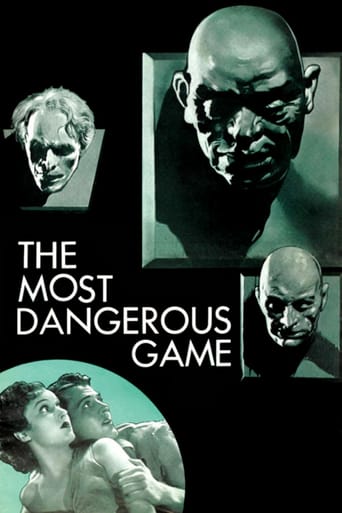

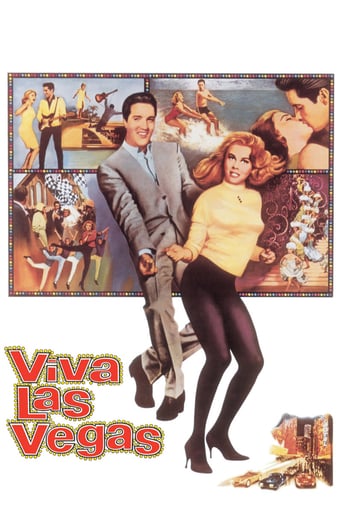
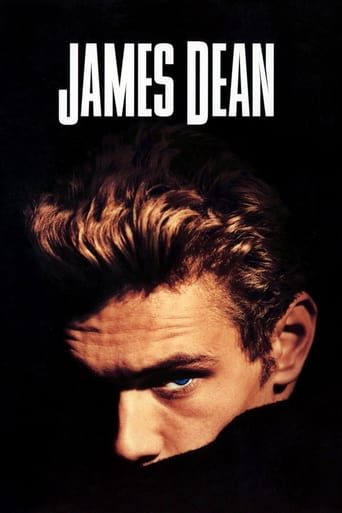
Reviews
Very best movie i ever watch
Highly Overrated But Still Good
This is a must-see and one of the best documentaries - and films - of this year.
A terrific literary drama and character piece that shows how the process of creating art can be seen differently by those doing it and those looking at it from the outside.
King of Jazz (1930) *** (out of 4)Once THE JAZZ SINGER was released to extreme box office numbers, every major studio was turning to sound pictures and the Musical was the most popular genre. The revue picture is something that every studio was doing and the likes of MGM and Warner were showing off their biggest stars. Universal went all out with KING OF JAZZ and based all of the vignettes about musician Paul Whiteman.KING OF JAZZ is an extremely uneven film and for the most part I'm not certain that I'd call it a good one. There's no question that there are countless flaws with the film but at the same time you really have to take your hat off to Universal for doing something so over-the-top and rather crazy. The studio threw a lot of money at the production but it turned out to be a pretty big flop at the box office and many think it killed off the revue film.As I said, there are certainly a lot of flaws with the picture including the fact that several of the vignettes just don't work but that's to be expected when you've got a film built like this. We start off with an animated number and from here we get to various musical acts. Out of all of the acts in the picture I'd say John Boles "It Happened in Monterey" was the best and most entertaining as the actor did a good job with the song and we also got some extremely great camerawork during this sequence including some crane shots that look terrific.I should probably mention that the film was shot in 2-strip Technicolor, which is one of the biggest reasons to watch it. The colors really do leap off the screen and this is especially true for the terrific costumes that are seen in the film. There are so many different costumes and there's not a single one that doesn't look fantastic. The same could be said about the sets, which are quite large and beautiful to see and this is especially true for the final act.Again, there are certainly flaws in the picture as not every act works and I'd also argue that Whiteman wasn't the most entertaining Jazz figure that I've seen from these older films. The music numbers are also hit and miss but with all of that being said, the main reason to watch this is for the Technicolor as well as the wonderful costumes and sets.
1930's King of Jazz is the strangest and most surreal of the early sound cycle of movie studio revues. Very few films shot completely in two-strip Technicolor survive - this is one of them. Warner Bros. probably made the most all-Technicolor films in the early sound era, but since most of them were Vitaphone the films have long since been lost in most cases.The 1929 and 1930 early sound revues were made by the studios primarily to showcase their talent in an all-talking setting. MGM's "Hollywood Revue of 1929" started the cycle, and did a pretty good job. However, other studios lost sight of the goal and the revues that followed were often clumsily put together and didn't even showcase talent that belonged to the studio."The King of Jazz" is a surprise not only because it holds up so well with time, but because it is such a non-typical product for Universal Studios of that era. Universal of the 20's and 30's mainly made westerns for rural moviegoers with an occasional prestige picture and they were beginning to dabble in the horror genre for which the studio is most remembered. However, at this time they were also known for their thrift, which went out the window when they made this film. The film starts out with a cartoon showing how Paul Whiteman - who called himself The King of Jazz - discovered Jazz. What follows are a sequence of musical and comedy routines. This film doesn't make the mistake of trying to sew the numbers together with some maudlin backstage melodrama. It simply presents the numbers in sequence. Most of the talent here is not under long-term contract to Universal. Laura LaPlante is one of the rare exceptions to that rule. The musical numbers are a delight and it is great to see Bing Crosby at the very beginning of his career. The Brox Sisters light up this film just as they did MGM's revue with "Singin in the Rain". The whole thing is so lively and done with with such innovation and energy considering the static camera of the early talkie era that I can't believe Universal has never thought to put this on DVD. They made this one great musical and didn't really make another one until 1936's "Showboat".My favorite number is "Song of the Dawn" featuring handsome John Boles with his piercing eyes in close up during most of the number belting out a song with that wonderful tenor voice of his. The most memorable number though has got to be "Happy Feet" with dancing shoes and the Sisters G as singing heads in a shoebox. This number also has the aptly named Al "Rubber Legs" Norman showing us the moon dance 28 years before Michael Jackson was even born. Highly recommended for the fun of it all.
This starts off as a very surreal and entertaining film. We have a storybook that opens up and shows us a cartoon of how Paul Whiteman became the king of jazz. It's set in the jungle and is amusingly animated. We are then introduced to the members of the orchestra who file onto a miniature set and then provide us with solo routines. Then the show starts with a song called "The Bridal Veil". It's actually quite good and contains some haunting moments. Except it contains ghastly, smiling children which ruins it in a matter of seconds. And this is where the film suffers. It's an array of good and bad acts. One minute, you are enjoying Bing Crosby and the Rhythm Boys while the next minute you are praying for some "comedy" singer to shut up and go away. Then you get another good song or Al Norman and his crazy dancing and you think "oh good!" but once again, the film removes your enjoyment in a second by shoving an unfunny drunken man routine in your face. And that's the film in a nutshell - some good parts and some not-so-good parts. However, the sets are excellent and this lifts it just above par despite the film being a little too long. Paul Whiteman looks like Oliver Hardy.
This film is in two-tone Technicolor. It is rather like a vaudeville brought onto the stage with music, short sketches, and variety turns. From the perspective of today, the glaring omission is that the American Negro influence is not given any acknowledgement whatever. In the melting pot scene at the end the American Negro influence is glaring conspicuous by its absence. Although there is certainly a European influence in American jazz music, it is less of an influence than African music or - don't forget - Mexican music. But the film was of its time, and at that time, the Amrican Negro playing jazz was not officially referred to, and it would be some time before black artists could be spoken of as musical heroes. Funnily enough Paul Whiteman's star singer Bing Crosby, who appears in this film with the Rhythmn Boys, would have a huge role to play here by his collaborations with black artists like the Mills Brothers. In spite of all this, we must regard this film in the context of the period it was made, regret the Negro omissions and enjoy the film for its own sake.Other impressive acts are the trick violinist playing "Pop Goes the Weasel", bel canto singer John Boles and that amazing rubber-legged dancer Al Norman. (Eat your heart out, John Travolta)Although I was not born till a quarter of a century after the release of this film, I cannot but help a feeling of nostalgia. We will certainly never see the like of these acts again. But for this film, the magic of Boles and Norman and the Whiteman orchestra would be gone for good.
Top Streaming Movies











